EBA publishes Report on holdings of eligible liabilities issued by G-SIIs and O-SIIs
DOCUMENTS
As of 31 December 2021, these holdings appear small and potential direct contagion risks are, therefore, limited.
In particular, more than half of the resolution banks in the sample have exposures to eligible liabilities issued by global systemically important institutions (G-SIIs) and other systemically important institutions (O-SIIs) below 2% of MREL and 0.6% of the total risk exposure amount (TREA).
In addition, the report finds that, overall, the largest EU banks do not rely on other banks to place their MREL instruments. As of December 2021, G-SIIs and O-SIIs had placed a limited 3.7% of their eligible liabilities with banks in the sample, with seven banks out of 72 placing more than 20%.
As a consequence of these limited exposures, direct spill over effects from a possible bail-in appear limited. The Report considered systemic crisis under two scenarios: (i) the failure of G-SIIs and O-SIIs rated below investment grade and (ii) the failure of the largest issuers of the sample. Under both scenarios, the contagion via direct exposures would not lead to a failure of any of the holders. None of the banks would breach their Pillar 2 Requirement (P2R) under any of the two scenarios.
Yet, it should be noted that the Report does identify some outliers with higher-than-average exposure. In particular, twenty-five banks report exposures above 8% of their MREL and six institutions report exposures above 20% of their MREL. Furthermore, the Report neither captures issuances by non-systemic banks nor considers the impact on banks with balance sheets below EUR 5bn – which limits its conclusions.
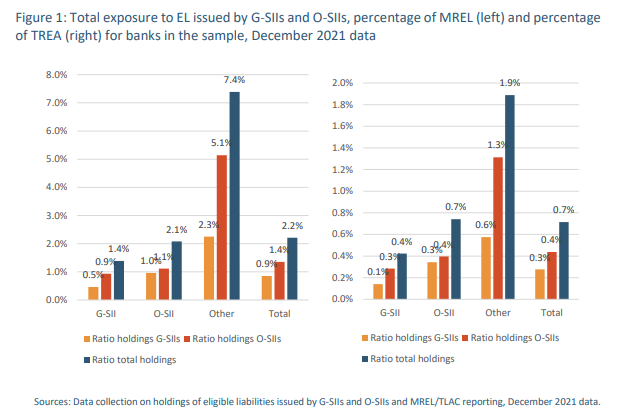
Notes to the editors
- MREL is set by resolution authorities to ensure that a bank maintains at all times sufficient eligible instruments to facilitate the implementation of the preferred resolution strategy. Resolution aims to minimise the use of private funds.
- In a resolution, MREL eligible instruments are absorbing losses which can lead to spill-over effect to holders of theses instruments.
- The analysis is based on an ad-hoc data collection. The data collection requested data as of December 2021 for both resolution groups and resolution entities. The data collection is addressed at the highest level of consolidation (i.e. intra-group exposures are excluded).
- The sample for the main calculations included in the Report is composed of 124 resolution banks (106 resolution groups and 18 stand-alone banks) from 23 member states that cover 74% of EU banking sector assets.























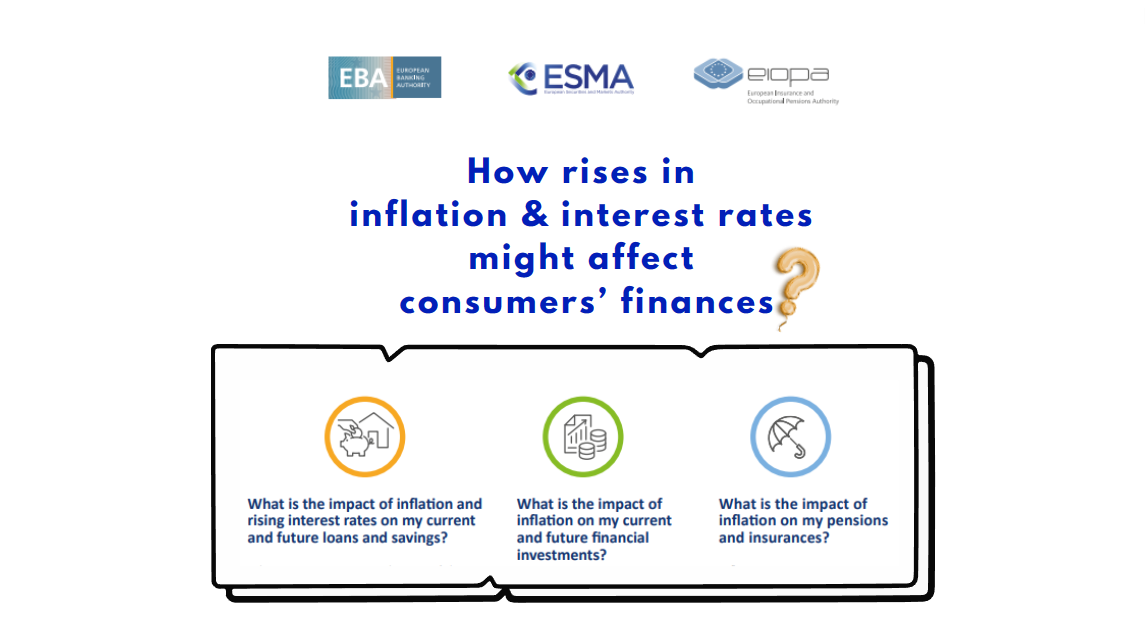
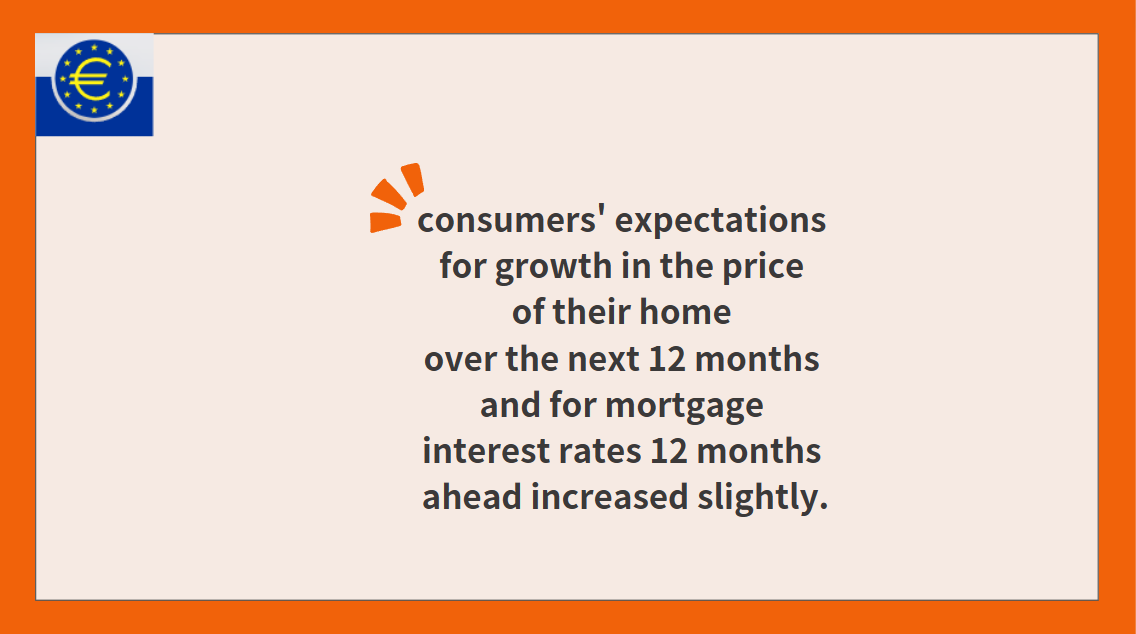
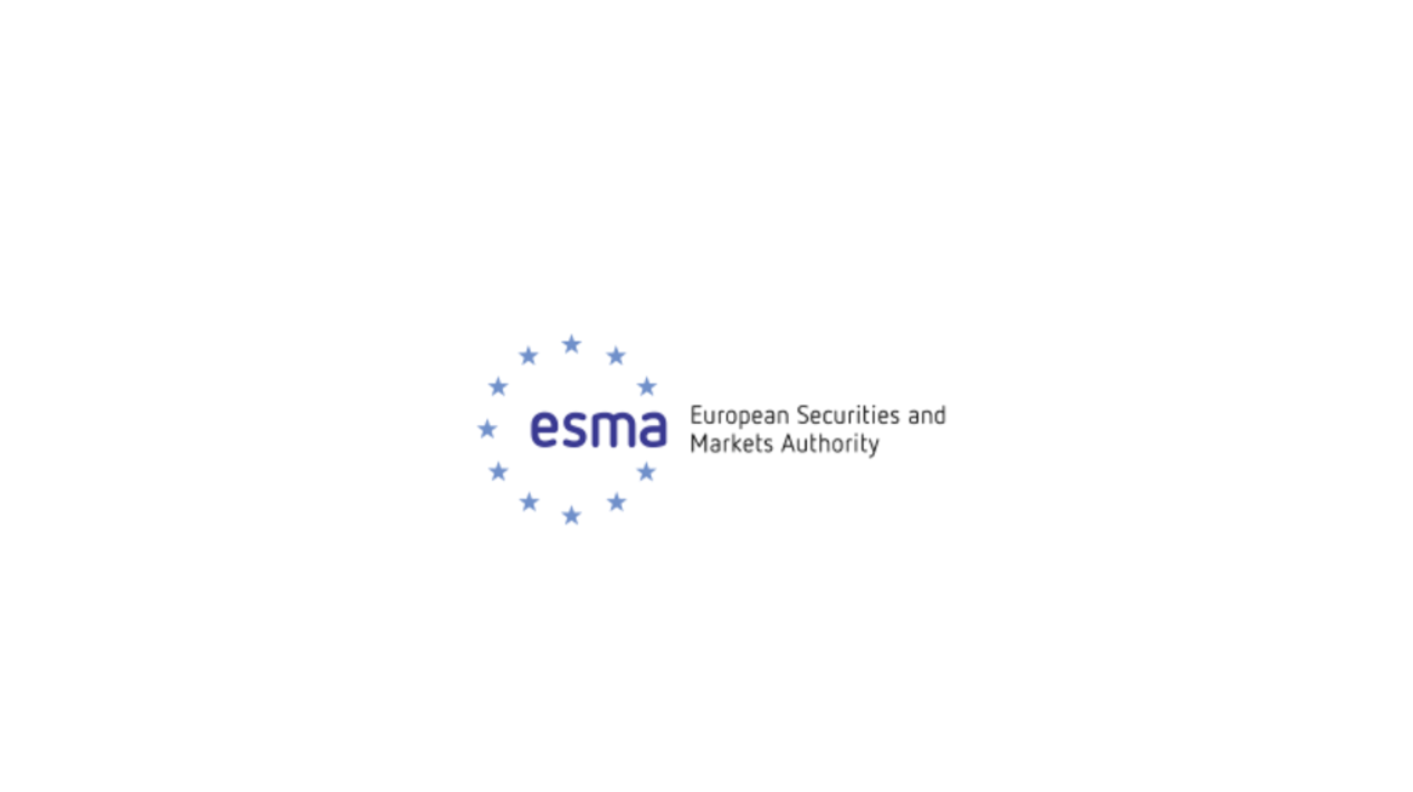
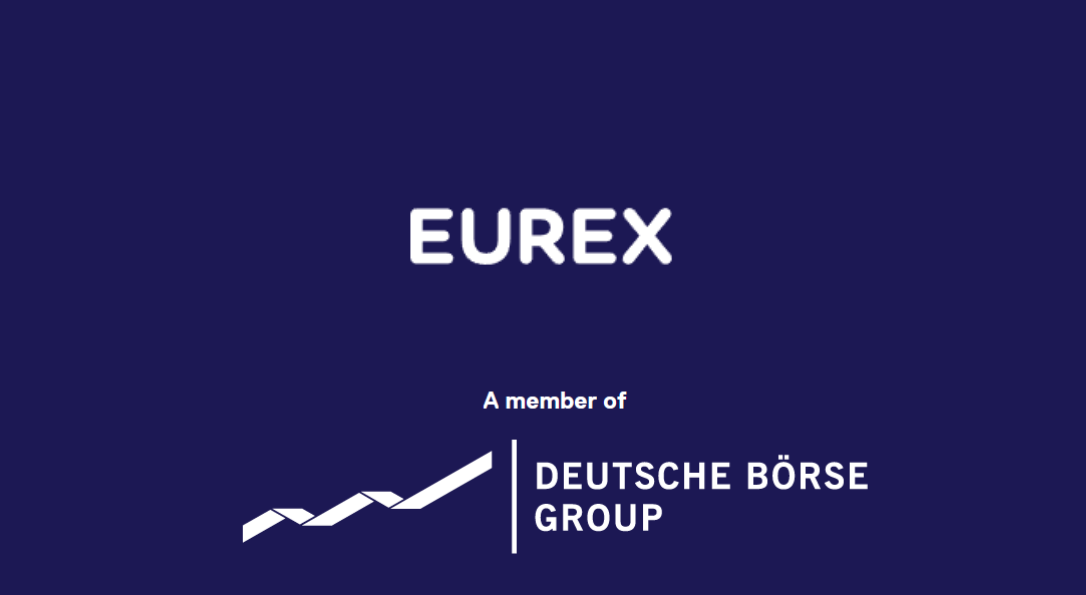




























First, please LoginComment After ~